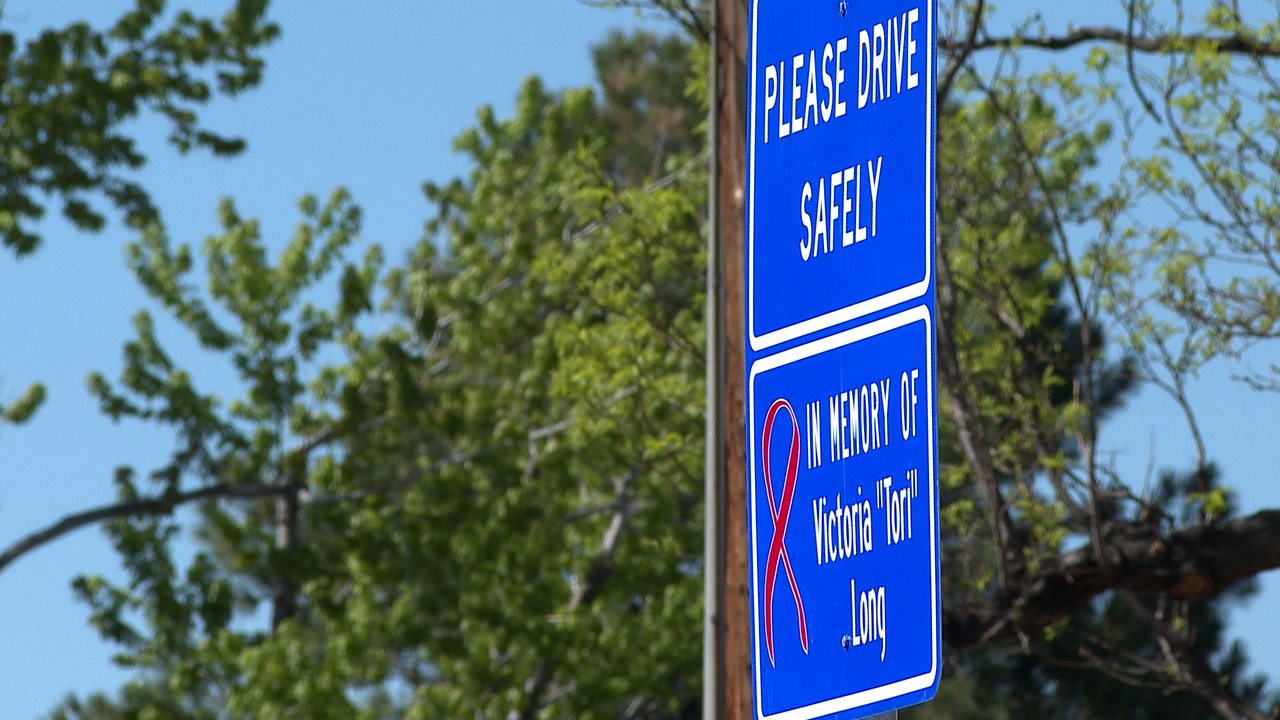Problem Solvers is investigating the use of force by police in a five part series. Investigative Reporter Rob Low looking at how often do the cops investigating, themselves, find inappropriate use of force? What is the racial make-up of officers and who is on the receiving end of excessive force? The Use of Force numbers, in depth interviews plus community input and reaction.
Part 1: Breaking down the Denver Police Department’s use of force statistics
Part 2: Denver officer-involved shootings on rise; Problem Solvers looks at racial breakdown
DENVER (KDVR) – Conflict management experts tell the FOX31 Problem Solvers that officer-involved shootings and cases of excessive force might go down if the number of female officers went up.
“I’m a police officer with Aurora and I belong to the crisis response team,” Officer Judy Lutkin, a member of the Aurora Police Department for 30 years, said.
Two of Lutkin’s daughters, Audrey and Mallory, also chose law enforcement as a profession.
The sisters, one in district 4 the other in District 6, help make up the 14% of Denver’s police force that is women.
“When you are a police officer, there is a level of help you provide and it’s rewarding because you’re dealing with people on their worst day,” Audrey said.
Denver Police Department Chief Paul Pazen said he believes it is important to hire more women and minorities to better reflect the city’s population. The chief is encouraged by the current recruiting class at the Denver Police Academy that includes more women.
“Thirty-one percent of the academy is something that we are proud of,” Pazen said. “I think it’s important to have diversity of officers as well as diversity of thought. Our goal is to de-escalate every last one of those situations when possible.”
Some conflict management experts say women are better at de-escalation which means less use of force cases.
“Men are more quick to make a decision, go with a decision and stay with it. Where women will explore and talk about different options,” Dr. Mary Dodge, a University of Colorado Denver criminology professor, said. “If you look at the intersection of gender and race hiring more minority women would be so beneficial to these departments.”
Nearly half of Denver’s female officers are minorities.
| Female | Male | Total | |
| American Indian or Alaska Native | 2.16% | 0.73% | 0.93% |
| Asian | 2.16% | 2.76% | 2.67% |
| Black or African American | 10.78% | 8.51% | 8.83% |
| Hispanic/Latino | 27.59% | 20.44% | 21.46% |
| Two or more races | 3.02% | 0.58% | 0.93% |
| White | 53.45% | 66.91% | 64.93% |
| Declined to identify race | 0.86% | 0.07% | 0.25% |
| Declined to identify gender | — | — | 0.06% |
“There has been some data to suggest women are less likely to respond impulsively at time of crisis and that goes for police officers to airline pilots,” Apryl Alexander, an associate professor at the University of Denver and member of Black Lives Matter 5280, said.
Problem Solvers discovered from 2017 to 2019, 27 Denver police officers shot someone. Only two of those officers were women.
A 2017 Pew Research Center survey found 30% of male officers have fired their weapon while on duty whereas only 11% of female officers have used their gun.
Conflict management tools like negotiation tactics combined with personality traits like showing empathy may give women officers an upper hand in handling tense situations.
“Especially when we have our tough days, because I think everyone in this job will have tough days,” said Mallory.
Some law enforcement professionals are calling for a “30 by 30” initiative. It’s a goal that would increase the ranks of female officers to 30% by the year 2030.
